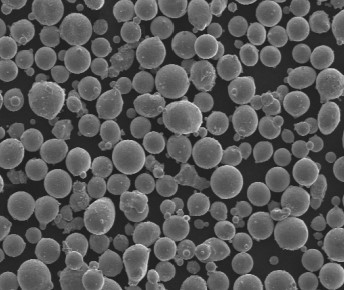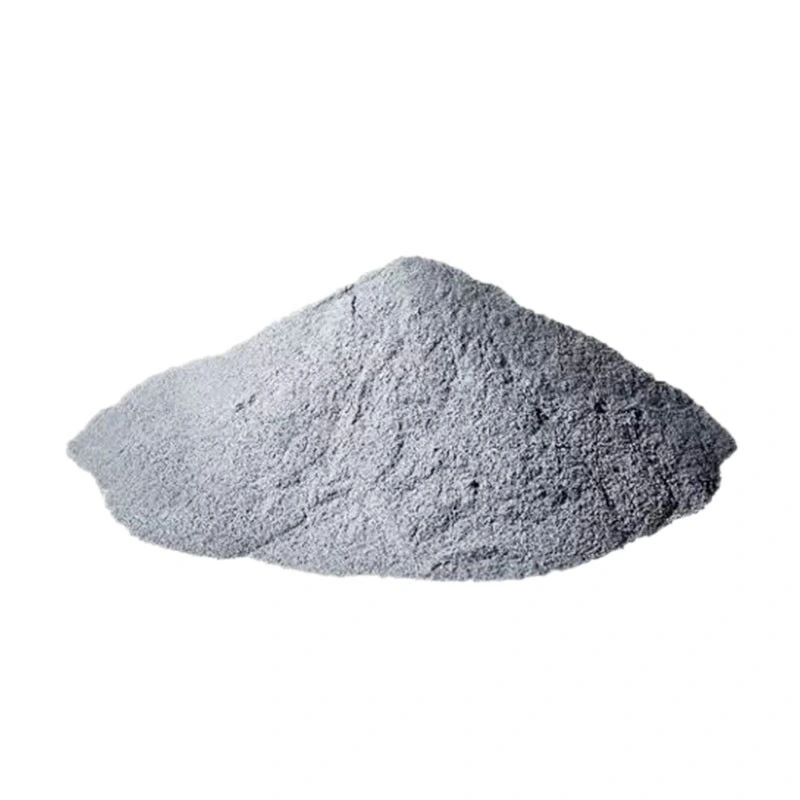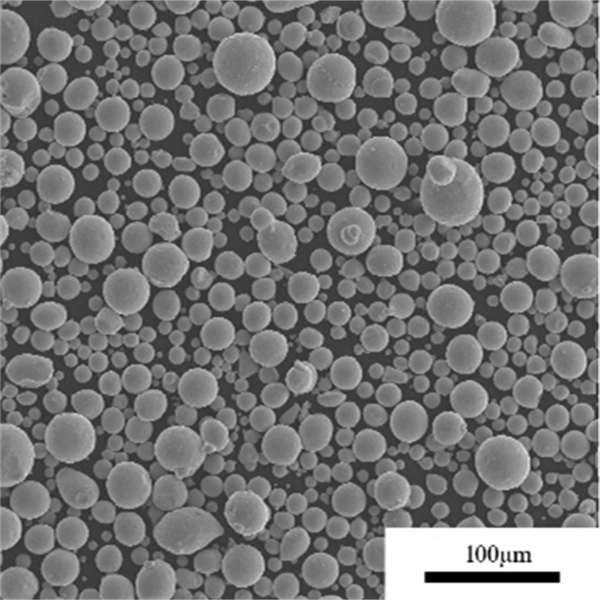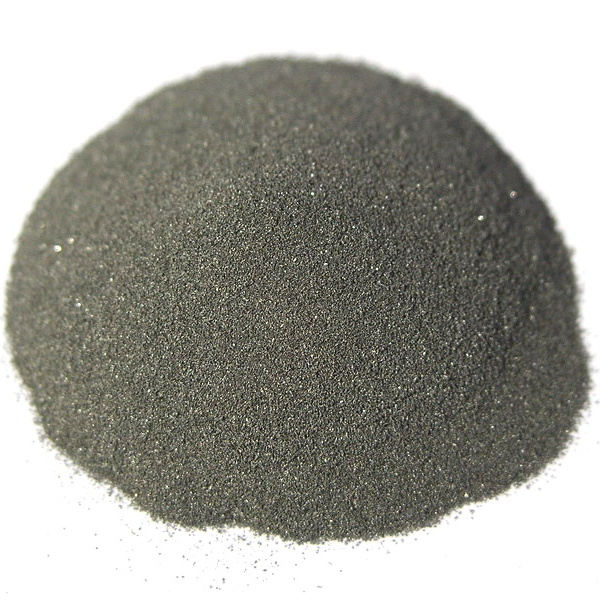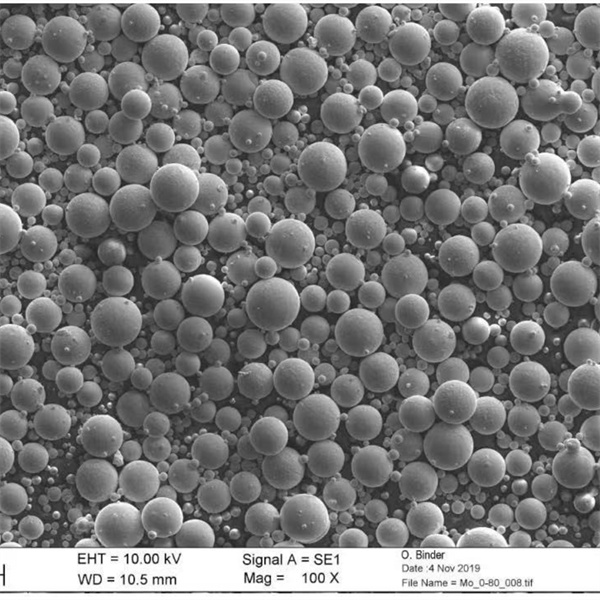Best IN738 powder for 3D printing in 2023
Inconel 738 powder is a remarkable superalloy that boasts exceptional strength, heat resistance, and corrosion resistance. With its unique composition and outstanding mechanical properties, this alloy finds applications in diverse industries, including aerospace, power generation, and industrial manufacturing. In this comprehensive guide, we will explore the characteristics, manufacturing process, and wide-ranging applications of Inconel 738 powder.
Low MOQ
Provide low minimum order quantity to meet different needs.
OEM & ODM
Provide customized products and design services to meet unique customer needs.
Adequate Stock
Ensure fast order processing and provide reliable and efficient service.
Customer Satisfaction
Provide high quality products with customer satisfaction at the core.
share this product
Table of Contents
Overview of IN738 Powder for 3D Printing
IN738 is a nickel-based superalloy powder that is widely used for additive manufacturing of high-performance metal parts. It combines excellent mechanical properties at high temperatures with processability, making it an ideal choice for 3D printingaerospace and industrial components.
This article provides a comprehensive guide to IN738 alloy powder for 3D printing applications. It covers composition, properties, print parameters, applications, specifications, suppliers, handling, inspection, comparisons, pros and cons, and frequently asked questions about IN738 powder. Key information is presented in easy-to-reference tables.
Composition of IN738 Powder
IN738 has a precipitation hardening alloy composition containing various solute elements:
| Element | Weight % | Purpose |
|---|---|---|
| Nickel | Balance | Matrix element provides corrosion resistance |
| Chromium | 15 – 17 | Oxidation resistance |
| Aluminum | 3.4 – 4.4 | Precipitation hardening |
| Titanium | 3.2 – 4.2 | Precipitation hardening |
| Iron | 12.5 max | Solid solution strengthening |
| Cobalt | 8.5 – 10 | Solid solution strengthening |
| Molybdenum | 1.5 – 2.5 | Creep strengthening |
| Tantalum | 1 – 2 | Precipitation hardening |
| Carbon | 0.11 max | Carbide former |
Trace amounts of boron, zirconium and magnesium are also added for grain structure control.
Properties of IN738 Powder
IN738 exhibits the following key properties:
| Property | Description |
|---|---|
| High strength | Excellent tensile and creep rupture strength up to 750°C |
| Thermal stability | Strength and hardness maintained up to 700°C |
| Oxidation resistance | Forms protective Cr2O3 oxide scale |
| Thermal fatigue resistance | Resists cracking during thermal cycling |
| Corrosion resistance | High resistance to hot corrosion and oxidation |
| Processability | Readily weldable using matching filler material |
The properties make it suitable for hot section aerospace components exposed to extreme stresses.
3D Printing Parameters for IN738 Powder
Optimized print parameters are needed to process IN738 powder:
| Parameter | Typical value | Purpose |
|---|---|---|
| Layer thickness | 20-50 μm | Thinner layers improve resolution |
| Laser power | 180-500 W | Melting condition without evaporation |
| Scan speed | 800-1600 mm/s | Balances density and build time |
| Hatch spacing | 50-200 μm | Density and mechanical properties |
| Support structure | Minimal | Ease of removal, surface finish |
| Inert gas | Argon | Prevent oxidation during printing |
Parameter selection depends on factors like build geometry, mechanical requirements, surface finish needs and orientation.
Applications of 3D Printed IN738 Parts
Additively manufactured IN738 components serve critical applications in:
| Industry | Components |
|---|---|
| Aerospace | Turbine blades, combustors, exhaust parts |
| Power generation | Hot gas path parts, heat exchangers |
| Automotive | Turbocharger wheels, valves |
| Chemical processing | Pumps, valves, casings |
Benefits over cast/wrought IN738 include complex geometries, reduced lead time and buy-to-fly ratio.
Specifications of IN738 Powder for 3D Printing
IN738 powder is commercially available meeting composition and quality specifications:
| Parameter | Specification |
|---|---|
| Particle size range | 15-45 μm typical |
| Particle shape | Spherical morphology |
| Apparent density | > 4 g/cc |
| Tap density | > 6 g/cc |
| Hall flow rate | > 23 sec for 50 g |
| Purity | >99.9% |
| Oxygen content | <300 ppm |
Other size ranges, purities, and tighter tolerances are possible for specific applications.
Suppliers of IN738 Powder
Reputable IN738 powder vendors include:
| Supplier | Location |
|---|---|
| Praxair | USA |
| Carpenter Powder Products | USA |
| Sandvik Osprey | UK |
| Erasteel | Sweden |
| AMETEK | USA |
| LPW Technology | UK |
Pricing ranges from $90/kg to $220/kg based on quality, size distribution and order quantity.
Handling and Storage of IN738 Powder
As a reactive metal, IN738 powder requires controlled handling:
- Store sealed containers in a cool, dry inert gas environment
- Avoid contact with moisture, acids and oxidizing agents
- Use conductive containers and transfer equipment
- Ground equipment to dissipate static charges
- Minimize dust generation and accumulation
- Local exhaust ventilation recommended
- Follow safety data sheet precautions
Proper storage and handling prevents property changes or hazards.
Inspection and Testing of IN738 Powder
Quality testing methods for IN738 powder include:
| Method | Parameters Tested |
|---|---|
| Sieve analysis | Particle size distribution |
| Laser diffraction | Particle size distribution |
| SEM imaging | Particle morphology and microstructure |
| EDX/XRF | Chemistry and composition |
| XRD | Phases present |
| Pycnometry | Density |
| Hall flow rate | Powder flowability |
Testing as per applicable ASTM standards ensures batch-to-batch consistency.
Comparing IN738 to Alternative Alloy Powders
IN738 compares to other Ni-based superalloys as:
| Alloy | Oxidation Resistance | Cost | Printability | Weldability |
|---|---|---|---|---|
| IN738 | Excellent | Medium | Excellent | Good |
| IN718 | Medium | Low | Fair | Excellent |
| Haynes 282 | Excellent | Very High | Good | Limited |
| Inconel 625 | Good | Medium | Excellent | Excellent |
For printability and performance, IN738 provides the best balance compared to alternatives like IN718 or Haynes 282.
Pros and Cons of IN738 Powder
| Pros | Cons |
|---|---|
| Excellent strength and oxidation resistance at high temperatures | More expensive than IN718 alloy powder |
| Readily weldable using matching filler | Lower room temperature tensile ductility |
| Widely validated for AM processes | Requires hot isostatic pressing to relieve stresses |
| Performance comparable/superior to cast IN738 | Controlled atmosphere storage and handling needed |
| Complex geometries possible | Limited high temperature creep strength |
IN738 enables outstanding performance for critical hot section parts but is costlier than other Ni-superalloy options.
Frequently Asked Questions about IN738 Powder for 3D Printing
Here are some common FAQs about IN738 powder:
Q: What particle size is recommended for printing IN738?
A: 15-45 microns is the typical size range used, providing good flowability along with high resolution and density. Finer particles below 10 microns can improve density and surface finish.
Q: What makes IN738 suitable for 3D printing?
A: Key factors are its printability, mechanical properties, weldability, and prior usage in conventional processes that aid validation. IN738 was designed for wrought processing, making it readily adaptable to additive manufacturing.
Q: What post processing is required for IN738 printed parts?
A: Post processes like hot isostatic pressing, heat treatment, and machining are usually needed to relieve stresses and achieve the required dimensions, surface finish, and final properties.
Q: Are support structures necessary for printing IN738?
A: Minimal support structures are recommended to avoid difficult removal from complex surfaces and channels. The spherical IN738 powder flows well and does not require extensive supports.
Q: What are the alternatives to IN738 powder for 3D printing?
A: Key alternatives are IN718, IN625, Hastelloy X, Haynes 282, Mar-M247, and C263. However, IN738 provides the best all-round properties for performance and manufacturability.
Q: What density is achievable with 3D printed IN738 components?
A: Densities over 99% are readily achieved for IN738 with optimized 3D printing parameters. This matches the properties of traditionally processed wrought or cast IN738 products.
Q: Can IN738 parts be machined after 3D printing?
A: Yes, machining processes like turning, drilling and milling can be used for better surface finish and accuracy. Suitable tooling parameters are required for machining precipitation hardened IN738 material.
Q: What is the typical surface roughness of as-printed IN738 parts?
A: Surface roughness (Ra) values of around 8-16 microns are typical but can be further improved using machining and other finishing processes.
Q: Does IN738 require hot isostatic pressing (HIP) after 3D printing?
A: HIP helps relieve internal stresses and achieve 100% density but is not mandatory. For non-critical applications, post-process heat treatment may suffice.
Q: What are common 3D printing defects observed with IN738?
A: Defects like porosity, cracking, distortion, incomplete fusion and surface roughness can occur but are mitigated by optimized parameters and procedures.
About Met3DP
Product Category
HOT SALE
CONTACT US
Any questions? Send us message now! We’ll serve your request with a whole team after receiving your message.

Leading provider of additive manufacturing solutions headquartered in Qingdao, China.
COMPANY
PRODUCT
cONTACT INFO
- Qingdao City, Shandong, China
- [email protected]
- [email protected]
- +86 19116340731
